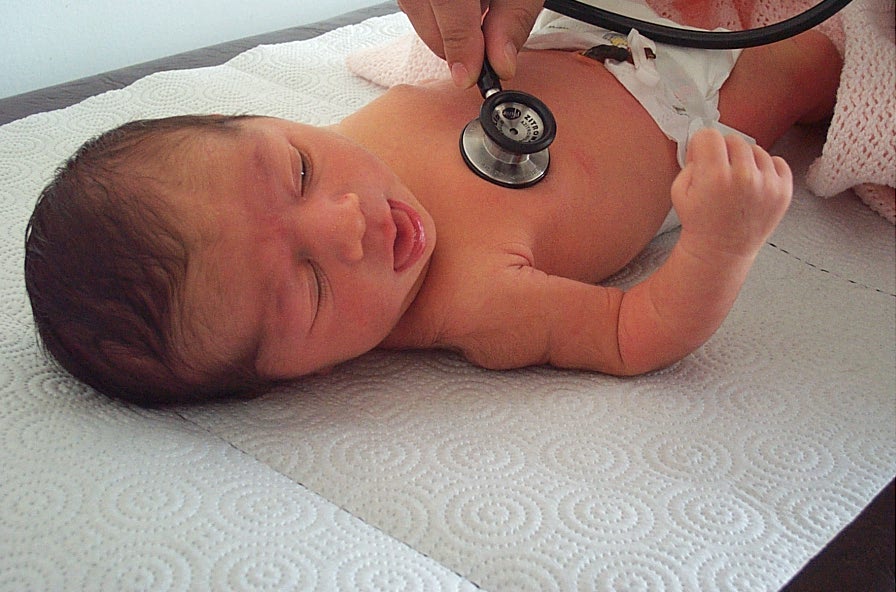When you’re working as an air ambulance paramedic or doctor, many of the cases you’ll be responding to will include trauma. In assessing trauma patients, it’s important that you thoroughly understand the trauma’s mechanisms and how those mechanisms can affect different body functions and organs. This is especially crucial when you’re working with pediatric patients who need medical air transport.
Pediatric Trauma Patient Assessment Tips in Medical Air Transport
Take a look at some of these tips and make the most of them when you have to care for a kid who has undergone physical trauma:
- While the actual assessment process may be similar with that of an adult patient, pediatric patients may have difficulty participating in the assessment. Additionally, some of the patients may have difficulty understanding the assessment, which can prove to be a challenge.
In some cases, the patient may be uncomfortable with your questions because you’re a stranger to them. So your initial task should be to calm the patient and then build a good rapport before you proceed with the assessment.
- Begin with a visual assessment before you perform a hands-on treatment. This could be useful for understanding which areas will require more focus. For instance, there may be severe bruising on some parts of the body. This means you’ll need to give priority to those regions where the bruising occurs.
- In your career as a medical air transport crew member, you might have encountered several patients who are in a state of compensated shock after a trauma. What you need to know is that pediatric patients can remain in this state for much longer than adult patients. However, if these mechanisms fail, it could be because the patient has suffered excessive blood loss and needs to get a transfusion immediately.
These basic tips should be able to guide you in the assessment of pediatric trauma patients, which can result in successful patient hand-offs. Look out for the next post to find out more tips on pediatric trauma patient assessment.


